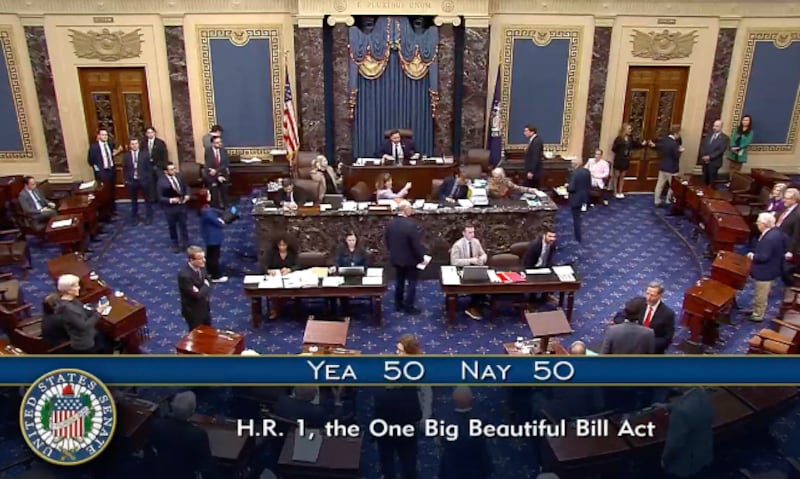The contentious ‘triple lock’ policy, designed to safeguard state pensions, faces growing scrutiny as its long-term financial implications suggest an unsustainable trajectory, potentially pushing the retirement age to an unprecedented 74 years old. This politically popular guarantee, ensuring annual pension increases by the highest of inflation, average earnings, or 2.5%, was initially conceived to offer robust protection against economic fluctuations for retirees. However, its continued application now presents a formidable challenge to public finances, demanding a critical re-evaluation of current state pension provisions and broader economic policy.
The core dilemma lies in the compounding effect of the triple lock. While individual increases might seem modest, cumulatively over decades, they exert immense pressure on the national budget. As life expectancy continues to rise and birth rates decline, the demographic pyramid in many developed nations, including the UK, is inverting. This demographic shift means fewer working-age individuals are contributing to the social security system to support a rapidly expanding cohort of retirees, making the current government spending commitment increasingly untenable without significant reforms.
The burden of maintaining the triple lock falls disproportionately on younger generations and future taxpayers. These individuals face the prospect of higher taxes, reduced public services, or a considerably later retirement age, all while potentially receiving less generous pensions themselves compared to current beneficiaries. This creates a tangible intergenerational inequity, where the benefits enjoyed by one demographic are funded by the potentially diminished financial security of another, fostering a critical debate about fairness across age groups.
The stark projection of a retirement age of 74 is not merely a hypothetical alarm bell but a logical conclusion if the triple lock remains unaltered. Without fundamental changes to how pensions are indexed or funded, the only other lever available to balance the books would be to significantly push back the age at which individuals can access their state social security entitlements. This scenario raises serious questions about quality of life, workforce participation, and the very concept of an active post-work period.
A fundamental re-evaluation of state pension economic policy is urgently required. Rather than clinging to a politically expedient but fiscally damaging mechanism, policymakers must explore more pragmatic and equitable methods of fiscal control. Alternative strategies could include a revised indexing formula, such as a double lock, or linking increases more closely to a sustainable percentage of average earnings, ensuring that adjustments are predictable and affordable without eroding pensioner living standards entirely.
Striking a delicate balance between safeguarding the welfare of an aging population and ensuring the broader economic health and fairness for all citizens is paramount. Sustainable government spending on social security requires brave political decisions that move beyond short-term popularity. Implementing comprehensive pension reform is imperative, asserting that alternative, more sustainable strategies are not just options, but necessities for the future of retirement provision and national prosperity.
Discover more from The Time News
Subscribe to get the latest posts sent to your email.






